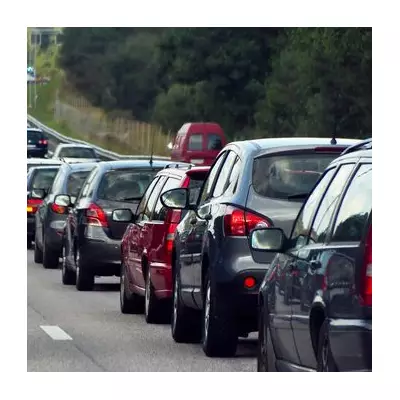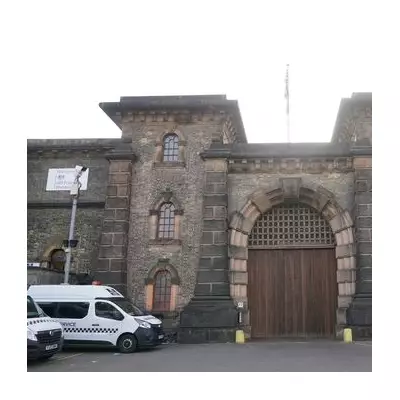
As millions of British families grapple with soaring energy costs, a quiet revolution is taking place across the nation. Community energy clubs are emerging as powerful weapons in the battle against crippling bills, with some households saving over £400 annually through collective bargaining power.
The Collective Power Changing Energy Markets
These innovative clubs operate on a simple but effective principle: strength in numbers. By bringing together hundreds or even thousands of households, they create buying power that forces energy suppliers to offer significantly better deals than those available to individual customers.
One remarkable success story comes from Cheshire, where the Community Choice energy club has helped members save an average of £427 per year on their energy bills. This represents a lifeline for families struggling with the ongoing cost of living crisis.
How Energy Clubs Actually Work
The process is surprisingly straightforward:
- Households register with their local energy club, providing basic details about their current energy usage
- The club aggregates this demand and approaches energy suppliers with a substantial customer base
- Suppliers compete to offer the most competitive tariffs to win this valuable business
- Members receive personalised offers and can choose whether to switch to the recommended supplier
Beyond Financial Savings: Building Community Resilience
While the financial benefits are undeniable, these clubs offer much more than just cheaper bills. They're fostering community cohesion and providing vital support networks during challenging economic times.
Many clubs also offer additional services, including energy efficiency advice, support with accessing government grants for home insulation, and guidance on managing energy debt. This holistic approach addresses the root causes of fuel poverty rather than just treating the symptoms.
The Growing Movement Across Britain
From rural villages to urban centres, energy clubs are springing up nationwide. Organisations like Community Energy England are reporting unprecedented interest, with membership numbers growing steadily as word spreads about the substantial savings achievable.
The model proves particularly effective for vulnerable households, including elderly residents and low-income families who might otherwise struggle to navigate the complex energy market alone.
Looking Ahead: The Future of Collective Energy Switching
As energy prices remain volatile and government support schemes wind down, experts predict these community-led initiatives will become increasingly important. They represent a sustainable, member-driven solution to a problem that shows no signs of disappearing.
With winter approaching and many households dreading their next energy bill, the timing couldn't be more crucial. Energy clubs are demonstrating that when communities unite, they hold real power to challenge corporate giants and secure better outcomes for ordinary people.





